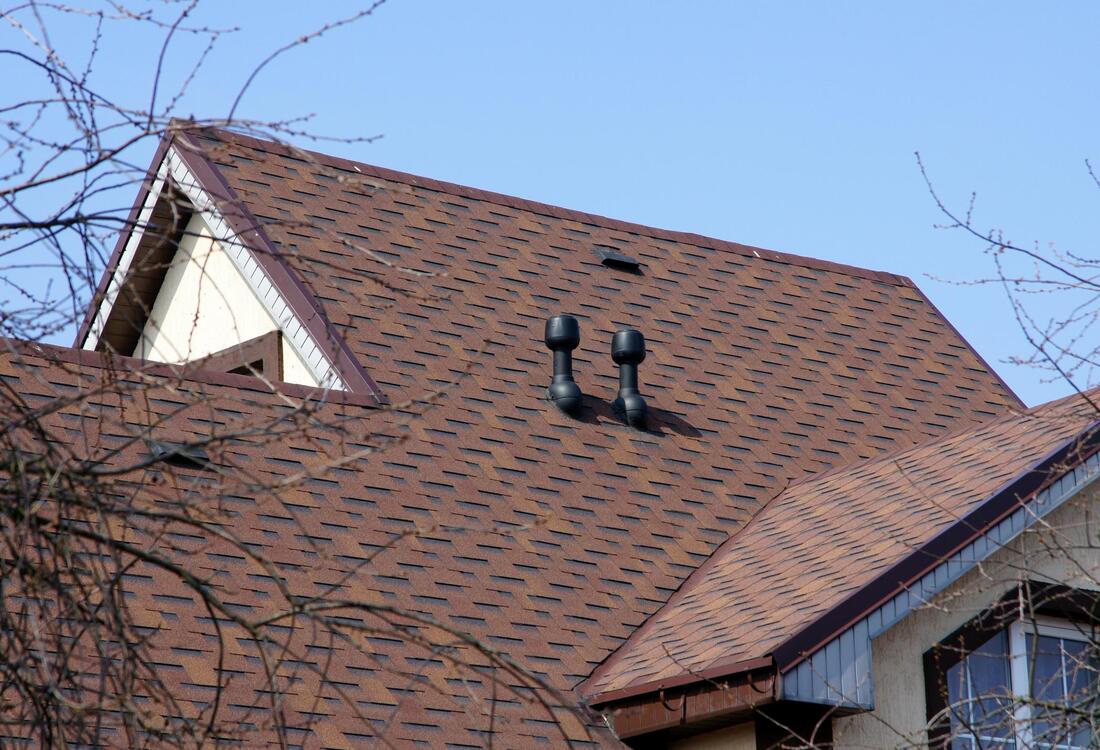Flashing
|
Flashing is a necessary part of roof installation and maintenance. It helps prevent water leaks as it acts as a barrier between susceptible parts of your roof and water. Flashing is added anywhere on a roof that might be considered “trouble areas”, such as joints, chimneys, or any meeting of two surfaces.
To learn more about our flashing services, please read on about each of the following: Aluminum Aluminum is the one of most common metals used for roof flashing. Aluminum is very durable and versatile, allowing it to be used in multiple areas on the roof. It is also a favorite amongst DIY-ers, not only because it is one of the more cost effective options, but also because it is easy to work with and form. All metals will eventually have corrosion, but aluminum corrodes faster than other metals and can require more maintenance because of this. Aluminum should also not be installed against concrete, mortar and certain types of wood. Copper If you are wanting your flashing to have a higher durability, copper is another choice. Copper flashing will bring your flashing costs up, as it is a more expensive metal. Copper flashing is more durable than aluminum, helping prolong the life of your roof, but it is harder to work with and not as easy for an inexperienced, or DIY-er, to form, fit and install correctly. Copper is quickly gaining in popularity due its durability, as well as its aesthetic. It can give a roofline a pop and make it stand out from other homes. As with all copper materials, the copper flashing will eventually form a patina, turning from the shiny finish to a dark green or brown color. Most homeowners like the unique look and character that a copper patina gives. Stainless Steel Another common metal used for flashing is stainless steel. Stainless steel requires very little maintenance and is resistant to corrosion, making it a great option for areas with unpredictable weather. It is also very durable and works well with other metals. In recent years, stainless steel tends to be a cheaper option than copper, providing great durability, at a lower price point. As with all roofing metals, being aware to get the correct thickness and malleability of stainless steel is crucial. You need to be able to manipulate and form it as you install. Types of Flashing Professional roofers can quickly identify the shape and form that flashing needs to take in order to install properly fitting, and effective roof flashing. There are many types of flashing that require use on a roof. Chimney flashing requires a specific process and numerous cuts of flashing to be properly installed. Step flashing is used around chimneys, as well as dormers. Every area that requires flashing on your roof will require a specific type, or form, of flashing. Apron flashings, valley flashing and cap flashing are just a few examples. While many want to save cost by installing flashing on their own, flashing not installed correctly with the knowledge required, will cause leaks into your house, and more roof maintenance. |
|

